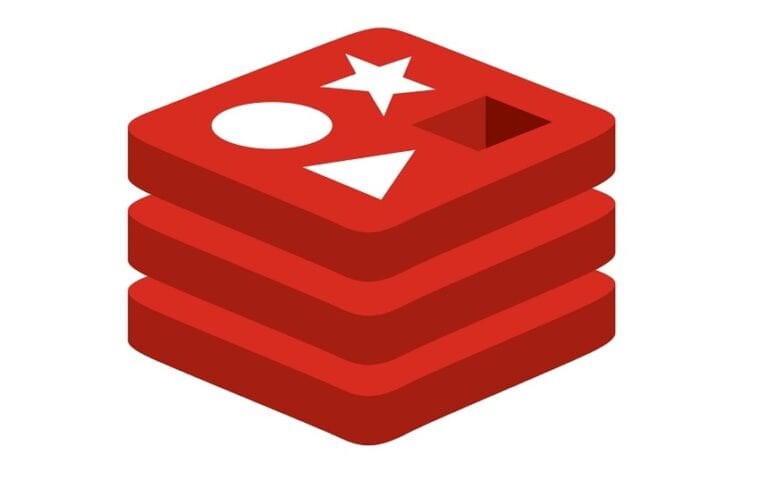Databases are still changing. Despite having been on the planet for some 60-years depending on which history of data analysis you care to read, the development of databases continues to grow every year. Primarily driven by new use cases for data, databases of all descriptions are also evolving due to key technical augmentations such as increased proximity to real-time information streams, the rise of technologies such as vector search and generative AI… and the need to scale deployments in new ways across increasingly cloud-native deployments.
Redis is developing for all those reasons. Often referred to as a data store rather than a database per se, Redis is an open source in-memory data that works as a database, a cache, streaming engine and ‘message broker’, the latter being a technology that facilitates intercommunication between data services, wider systems or individual applications across differing messaging protocols.
Lucky 7 (point 2)
The company is now celebrating the arrival of Redis 7.2 across all of the company’s products and services. That use of ‘all’ denotes the fact that the 7.2 iteration updates feature in the company’s open source product, its source-available offering, its commercial cloud service, its core software version and the organization’s Kubernetes distributions.
Redis Enterprise 7.2 cloud and software products preview a scalable search feature which delivers even performance for query and search use cases including vector similarity search (VSS).
What is vector search?
Databases with vector search capabilities employ generative Artificial Intelligence (gen AI) processes and the use of Large Language Models (LLMs) to deliver similarity search, anomaly detection and other functions, often using time-stamped data in order to provide not just what, but when as they build a vector ‘objects’ made up of various value types.
As Redis itself puts it, Vector Similarity Search (VSS) is a key feature of a vector database. It is the process of finding data points that are similar to a given query vector in a vector database. Popular VSS uses include recommendation systems, image and video search, Natural Language Processing (NLP) and anomaly detection. For example, if you build a recommendation system, you can use VSS to find (and suggest) products that are similar to a product in which a user previously showed interest.
“Redis 7.2 is an exciting release because we’ve wrapped our arms around the end-to-end Redis experience and made it a top priority to ensure the tooling, integrations and control users require to match the seamless ease-of-use that anyone who loves Redis expects,” said Rowan Trollope, CEO at Redis. “Redis has also been an early mover in the emergence of vector database technology and scalable search further optimizes the processing of low-latency vector workloads with a robust and performant search engine to make it easy for developers to build generative AI applications.”
Trollope suggests that Redis 7.2 raises the bar for ease of use with new core capabilities and tooling. With the challenges of building generative AI applications, Redis Enterprise has been enhanced to store ‘vector embeddings’ (encoded in-context information that help any given vector to know more about the data it contains)
Redis function options
The company has also highlighted its ability to deliver what it calls scalable search. Previewed in this 7.2 release, VSS on Redis Enterprise search performance blends sharding (a horizontal partitioning technique used by databases to provide them with more scope, breadth, depth or all three) for data expansion with efficient vertical scaling.
“Developers can now program, store, and execute Triggers and Functions within Redis using Javascript. Previewed on Redis Enterprise Cloud in select regions, Triggers and Functions empower developers to build and maintain real-time applications by moving business logic closer to the data without leaving Redis, ensuring lower latency.” notes the company, in a press statement.
Have no fear, just auto-tier
Auto Tiering (previously Redis on Flash) is a capability to manage large and increasing volume datasets. With Auto Tiering, operators can keep heavily used data in memory with Redis and move less frequently needed data to Solid State Disk (SSD) storage.
Redis Enterprise Software customers also have a new cluster management user interface (UI) inspired by the company’s cloud UI. This consistency is hoped to allow operators to access the information they need on a database with a few clicks, which – in theory – should reduce learning curves, improve resolution times and minimise errors.
Finally here, Redis Data Integration (RDI) transforms any dataset into real-time by bringing data from multiple sources to Redis. Through RDI, Redis Enterprise Software customers can seamlessly with popular data sources such as Oracle Database, Postgres, MySQL, Casandra etc.
The name Redis is derived from the term Remote Dictionary Server, so now you know.
